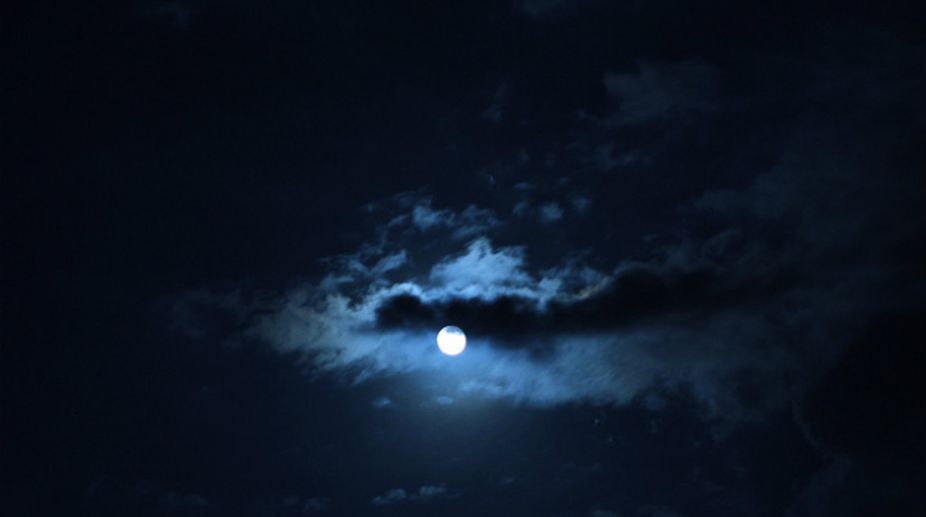Sharad Purnima night is the most beautiful of the year and one on which Shah Jahan and Mumtaz Mahal are believed to meet at the Taj. But an older legend associates the autumn night with Tesu and Jhainji after Dussehra and Diwali celebrations are over, when Purnima toys are sold by gypsy women. Tesu is said to be a son of Bhimsen, the most powerful of the Pandava brothers.
He ruled an area in the Chambal region and, on hearing of the Mahabharata, decided to go and witness the battle. As he rode towards Kurukshetra he met Krishna, disguised as an old Brahmin. Krishna had come to dissuade him from going to the battlefield as Tesu was a great warrior, who had the knack of helping the losing army win. Krishna asked Tesu for a boon: his head.
The chivalrous raja agreed after Krishna fulfilled his wishes ~ to witness Mahabharata battle and to marry the pretty Jhainji. Krishna cut off Tesu’s head and took it to Kurukshetra, where he set it up on three poles. So, Tesu watched the battle and was married to Jhainji too. The legend finds a befitting finale on Sharad Purnima night when Tesu is symbolically married to Jhainji in many homes, especially in Agra.
The houses are tastefully decorated and Tesu, depicted as a toy with laughing eyes, a red paan-stained mouth, his moustaches proclaiming his royalty, a red parrot in one hand and ahookah in the other, supported on three reeds, is set up on the terrace. Jhainji, as a decorated pot with many holes through which the light of a diya (earthen lamp) filters out, is “married” to him by a pandit. The guests then sit down to eat the wedding meal, as the moon smiles in all its glory and one feels transported to some quaint place.
For such is the charm on Sharad Purnima night, when Tesu and Jhainji wed amid the singing of ritual songs, and Dussehra makes its final bow. Meanwhile, the Taj Mahal becomes a fairyland fantasy, a part of the bright heavens, so to say, lit up by the blazing shield of the harvest moon. It reminds one of Mumtaz Mahal bathing in the grandeur of the moonlit night.
The four minarets are her maids of honour and the central dome the jewelen crusted head of the queen in all her finery, arrayed as she was like Jhainji on her bridal night, though the time-gap between the two legends is 3,000 years.











